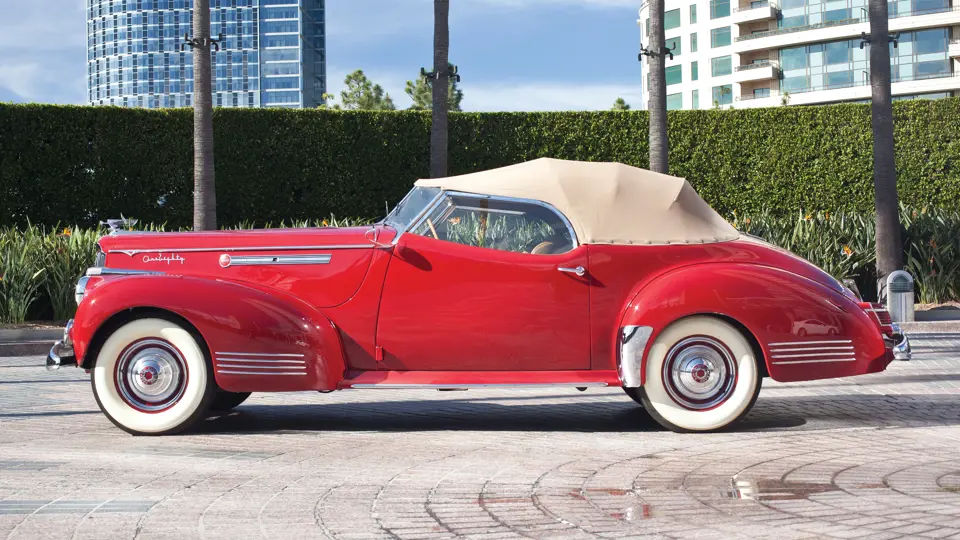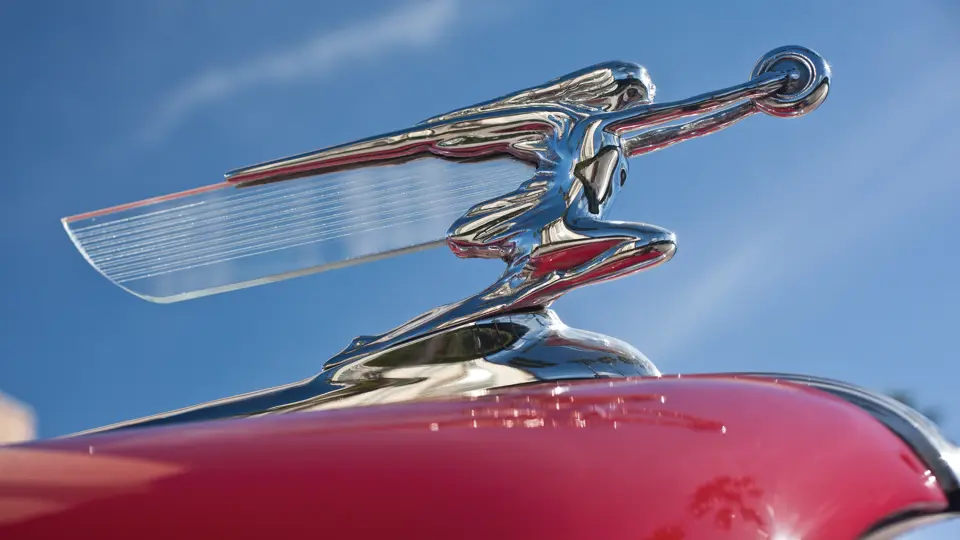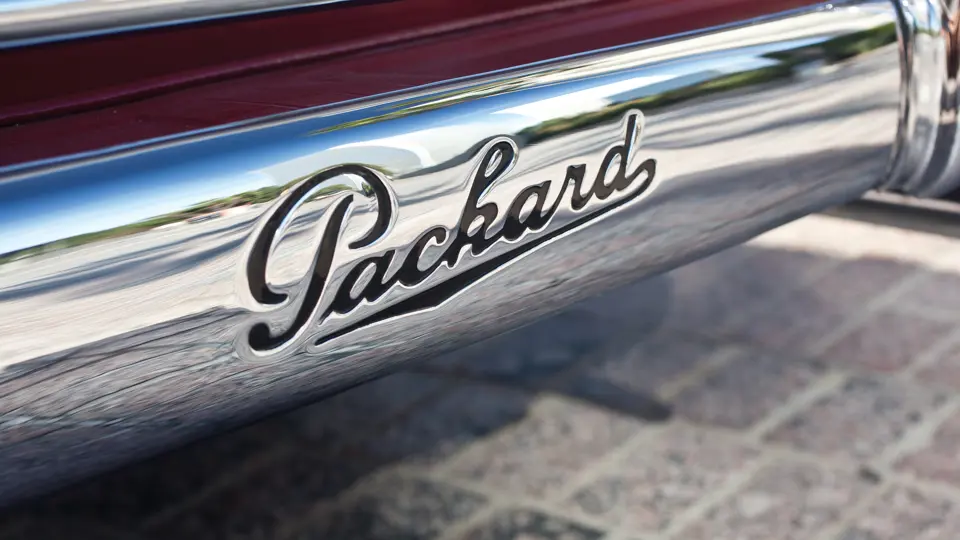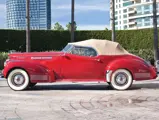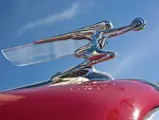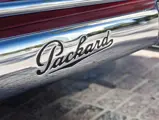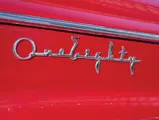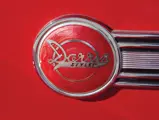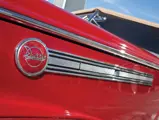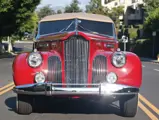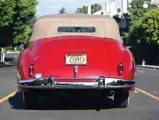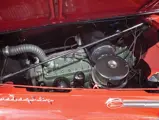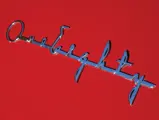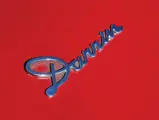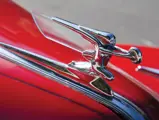Nineteenth Series, Model 1906. 160 hp, 356 cu. in. L-head inline eight-cylinder engine, three-speed manual transmission, independent front suspension with coil springs, live rear axle with semi-elliptic leaf springs, and four-wheel hydraulic drum brakes. Wheelbase: 127"
• “Dutch” Darrin design benchmark
• Very attractive, older body-on restoration
• CCCA Full Classic status
Although expatriate Americans working and living in Paris numbered some 25,000 strong during the “Roaring Twenties,” their numbers fell by nearly 75 percent by the late 1930s as Europe lurched from Depression to war. Among them was the highly successful and well connected custom-coachwork designer Howard “Dutch” Darrin, who returned to America in style in 1937, setting up shop in Hollywood where he focused on serving the market of movie moguls and the era’s top entertainers with his handsome automotive designs.
Without a doubt, Darrin’s favorite body style was the convertible victoria, and he excelled at its execution with a near-perfect blend of formality and sportiness. Soon after settling in Hollywood, Darrin worked his magic on a European-themed 1937 Ford Phaeton for Warner Brothers actor Dick Powell, followed by a similar design on a Packard 120 chassis for RKO actor Chester Morris. A few more cars followed in 1937 as Darrin established himself in Hollywood, and approximately 22 custom Darrins were built in 1938 and 1939 for the era’s leading actors and musicians including Errol Flynn, Gene Krupa, Al Jolson and Carole Lombard for Clark Gable. For 1940, 30 cars were produced, mostly two-door convertibles, plus a number of convertible sedans.
In mid-1940, Darrin’s custom work on Packard chassis caught the attention of Packard President Alvan Macauley via dealer Earle C. Anthony. A deal was struck for Packard to market the cars as part of its model line, and a factory was established in Connersville, Indiana to build them. With their improved structural integrity, these limited-production “factory” Packard Darrin convertibles of 1941-1942 are the most desirable Packard Darrins of all. Priced at $4,595, they were expensive indeed, but their style and exclusivity helped Packard sell every one. Reportedly, as many as 35 Darrin convertible victorias were built on the Packard Super Eight chassis; it is believed that the highest-numbered example ever located is car number 18. Another 15 were built in 1942, with civilian automobile production halted that February in favor of wartime output.
The example offered here is car number 13 from 1941. While its earlier history remains unknown, it has benefited from the care of just two owners over the past 33 years, with the current California-based owner acquiring it in May 1997. With an older, body-on-frame cosmetic restoration, the Packard Darrin presents very nicely with a high-gloss lacquer finish, a virtually perfect canvas top with a custom-made plastic cover and very good brightwork. The leather upholstery is virtually new in appearance, all instruments are in good working condition (the electric clock is presently disconnected to preserve battery life), and the correct Packard AM radio, which has been modified for AM/FM reception, is in excellent working condition. During the car’s restoration in its prior ownership, the engine was removed and completely rebuilt, and after the current owner acquired the car, some additional major mechanical work was performed. The owner has informed us the car is in very good mechanical and operating condition.
Overall, this highly desirable and attractive Packard Darrin Super Eight 180 Convertible Victoria is a wonderful example of an unqualified design benchmark of the immediate prewar era. With so few examples built and even fewer available today, this striking CCCA Full Classic is destined to remain highly coveted and valuable for many years to come.
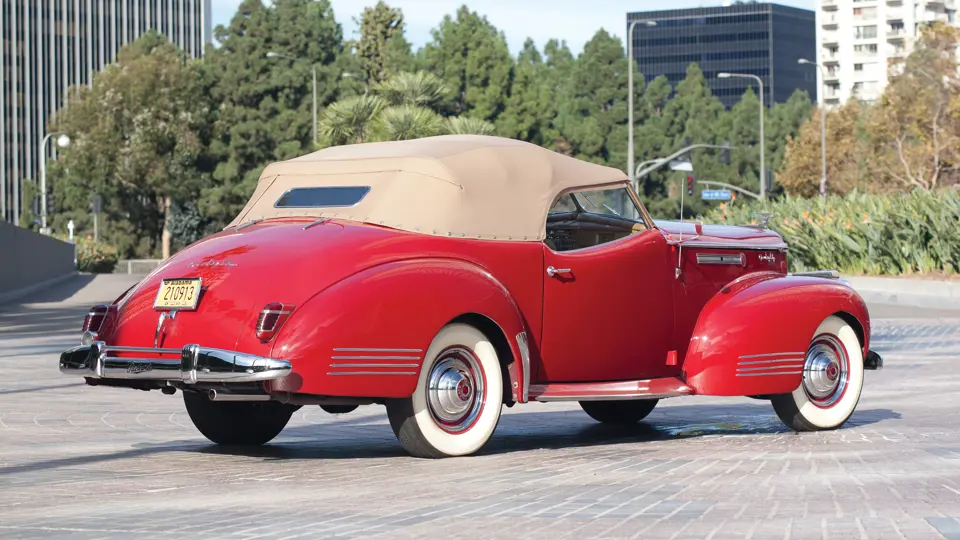

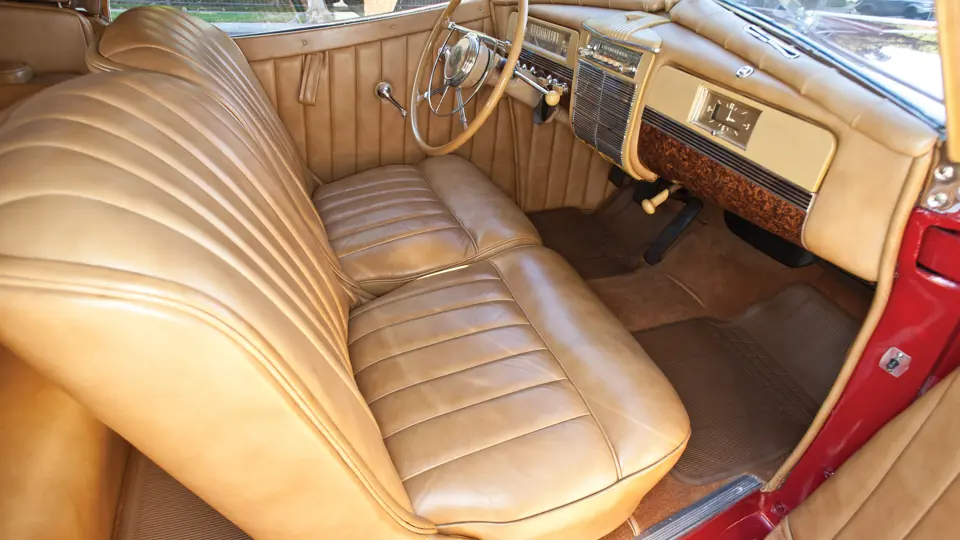

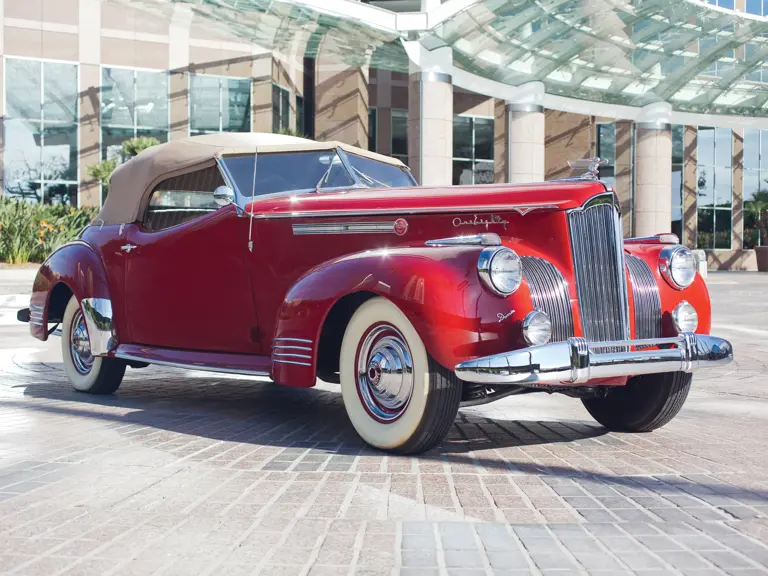
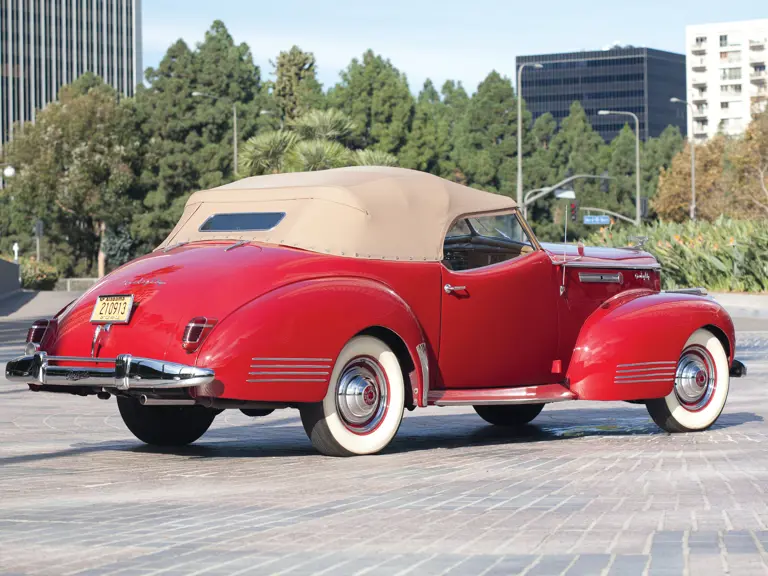

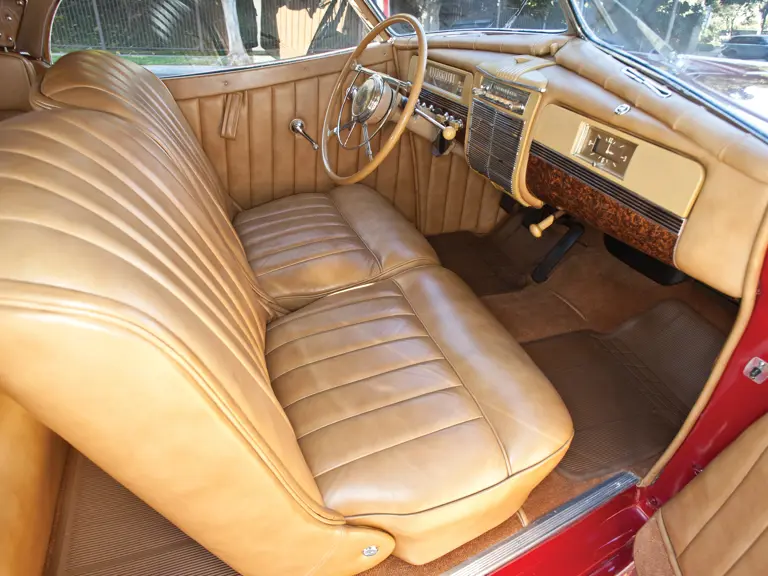
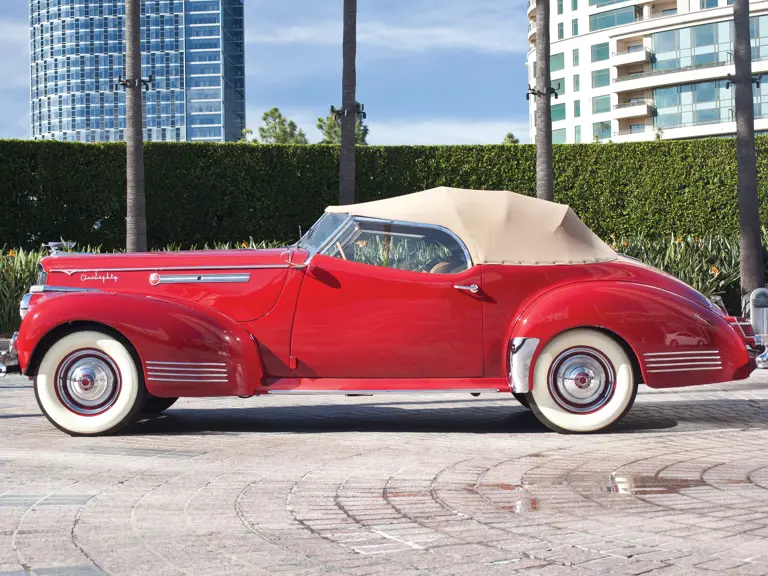
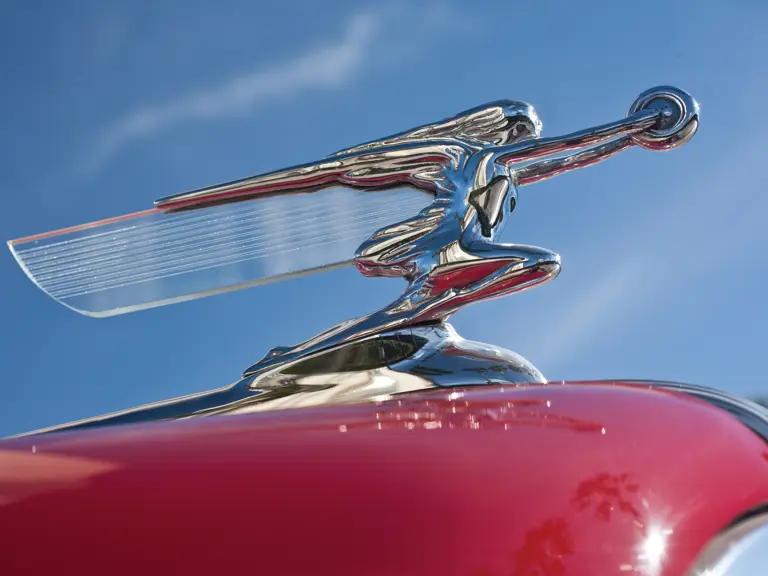
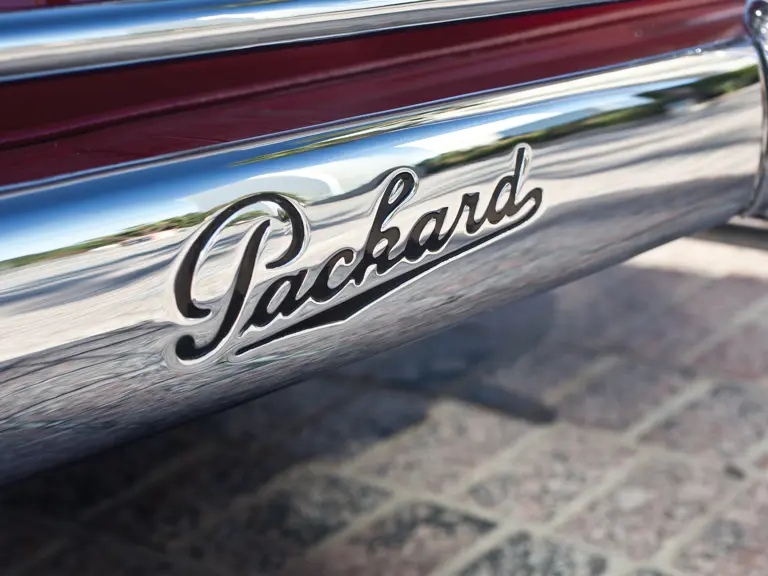
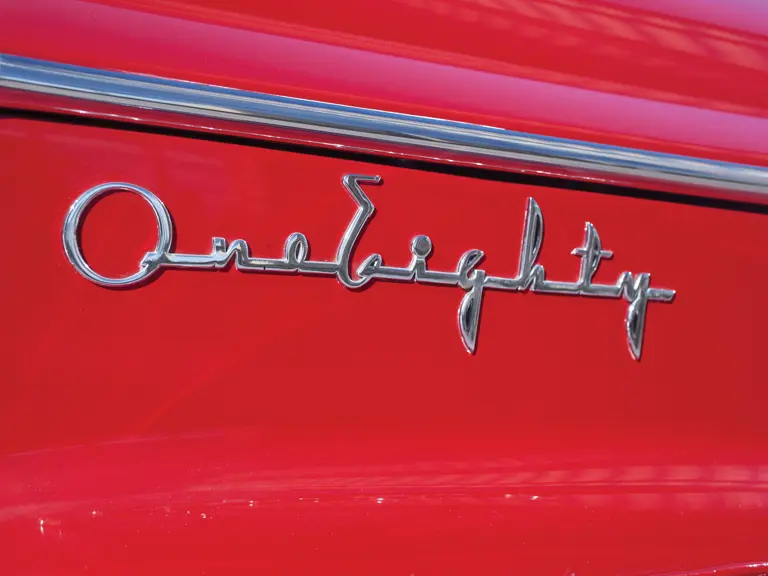
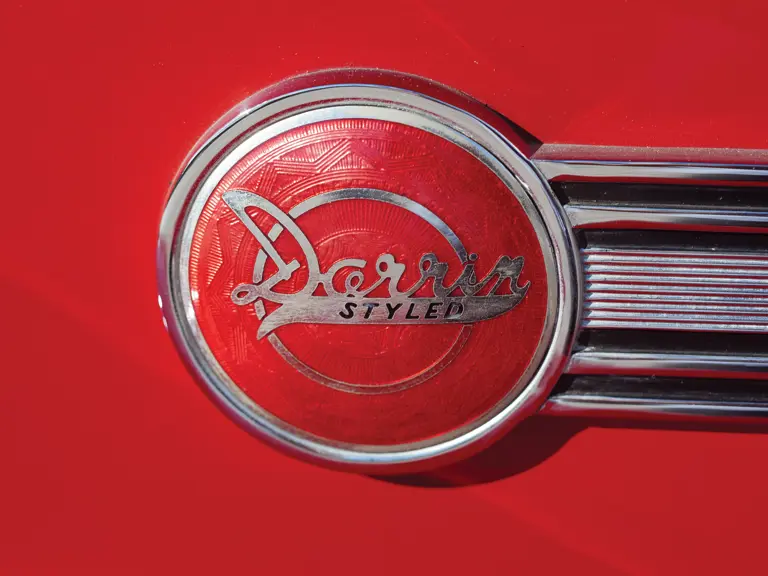
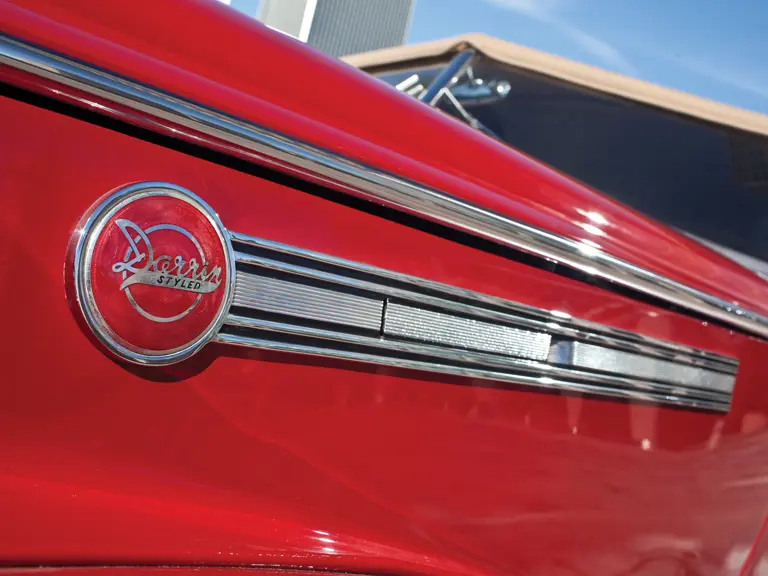

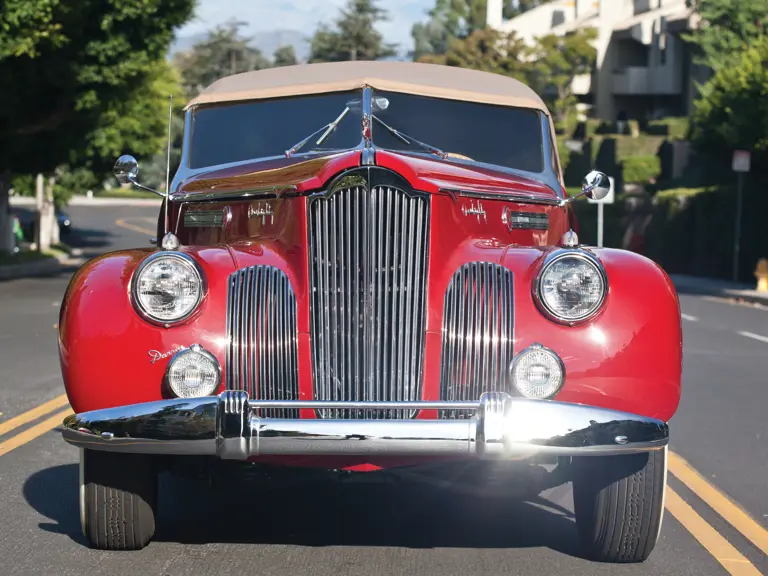
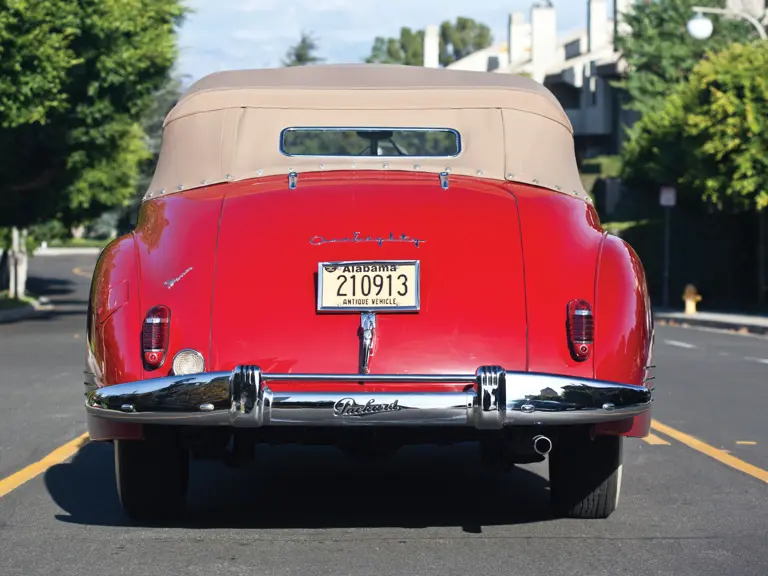
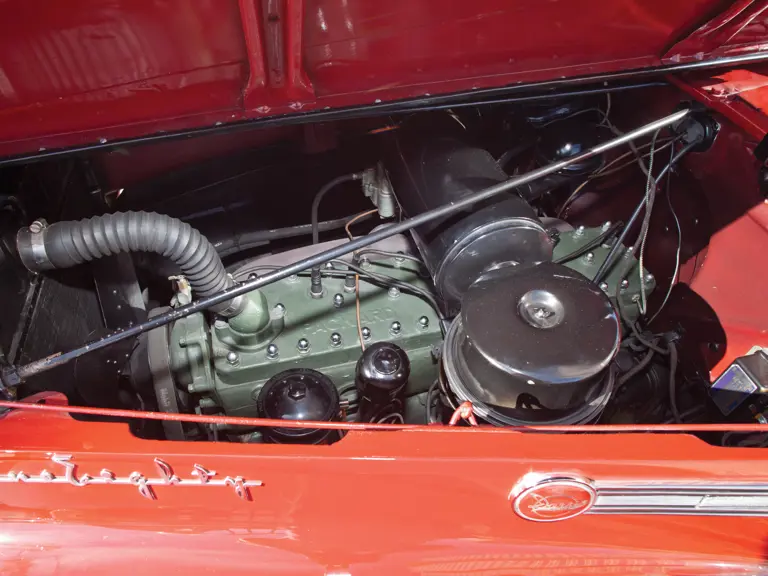

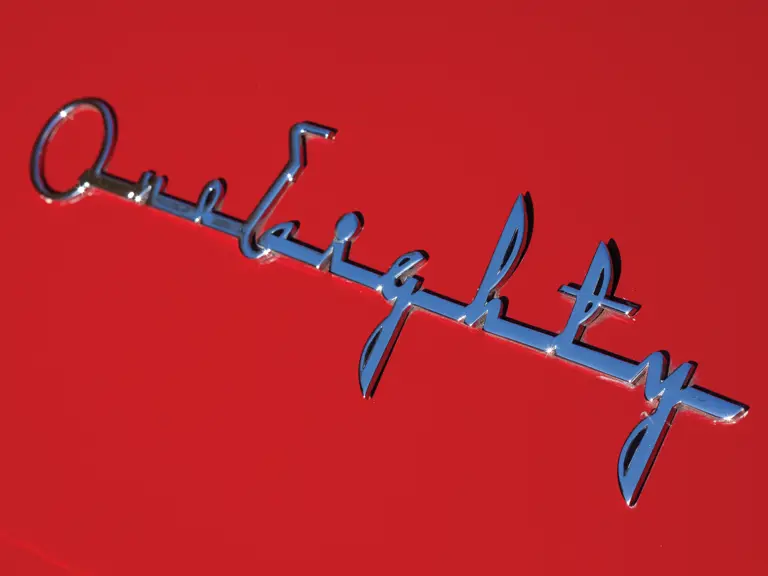

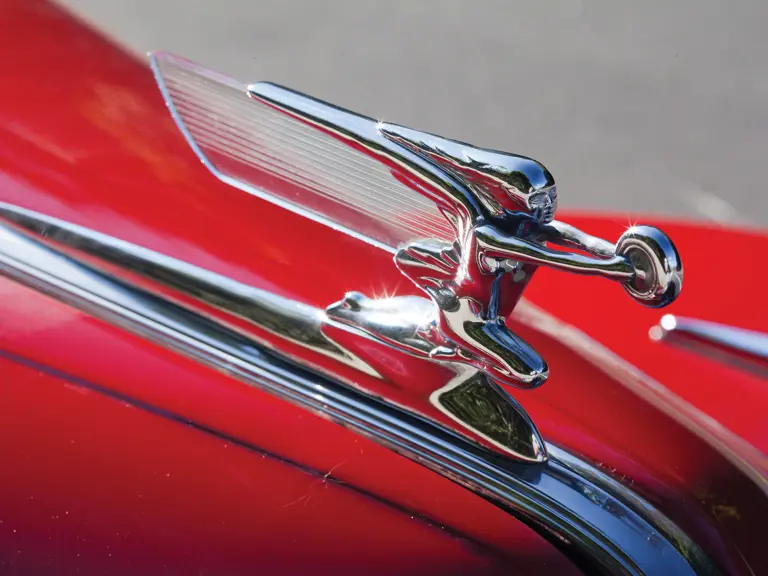
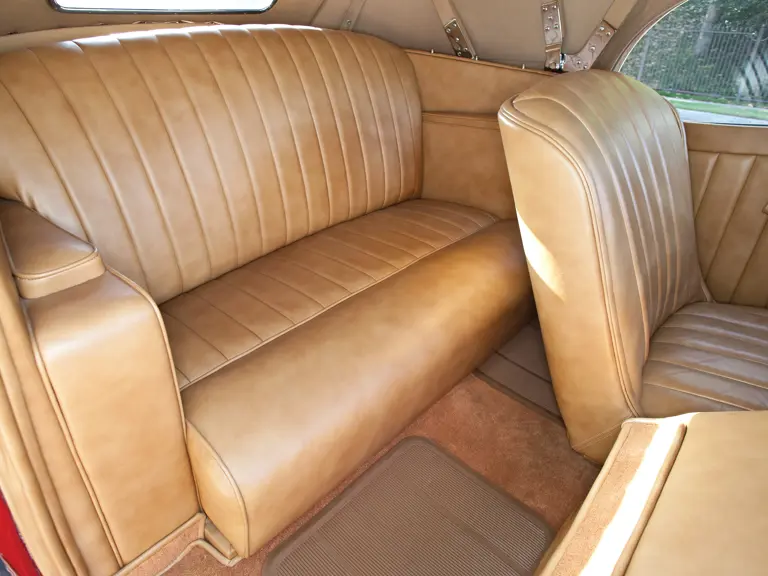
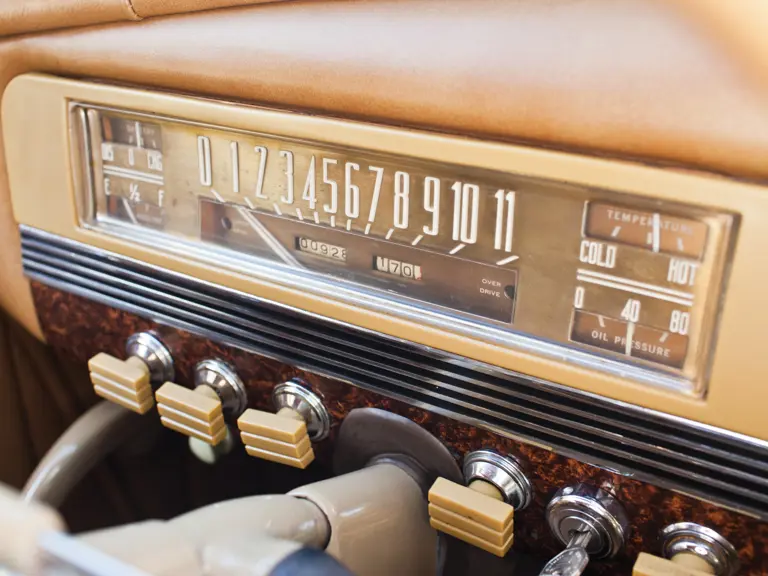

 | Phoenix, Arizona
| Phoenix, Arizona
